Similar native species
These native species may be confused with this marine pest.
Northern slipper limpet / Spiny slipper limpet Crepidula aculeata
Key features:Shell commonly 1-3cm (up to 4cm), has spines and bumps, white and brown colour
Habitat:Intertidal to subtidal, exposed rocky shores
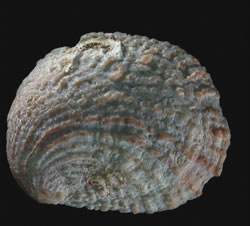
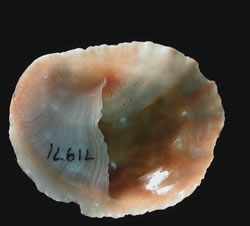
Southern slipper limpet / Crepidula immersa
Key features:
- Flat/thin shell up to 5cm long with internal shelf
- White to fawn/brown colour
Habitat:
- Subtidal up to 350m depth
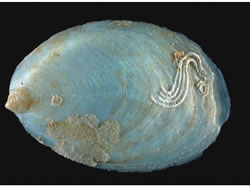
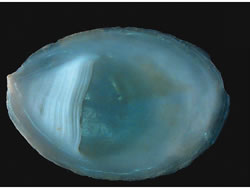
Limpet / Notoacmea mayi
Key features:
- Smooth shell, no internal shelf
Habitat:
- Exposed reef, high intertidal zone
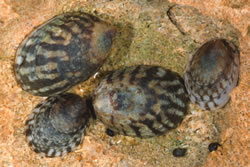
What is NSW DPIRD doing?
On the 1st July the NSW Government implemented a new Biosecurity Act 2015 (the Act). Under Schedule 2 of this Act the Slipper Limpet is declared as prohibited matter in NSW. This means it is illegal to possess, buy, sell or move this pest in NSW. Heavy penalties apply for non-compliance. In addition, NSW DPIRD has the power to seize and require the destruction of the pest.
People are expected to have a basic level of knowledge about the biosecurity risks they might encounter in their normal work and recreational activities. All community members have a general biosecurity duty to consider how actions, or in some cases lack of action could have a negative impact on another person, business enterprise, animal or the environment. We must then take all reasonable and practical measures to prevent or minimise the potential impact.
How can you help?
Learn to recognise, and be aware of, the slipper limpet so that you can report any suspected sighting immediately.
- Note the exact location
- If possible take a photo and/or collect a sample
- Freeze sample in a plastic bag
- Report your sighting
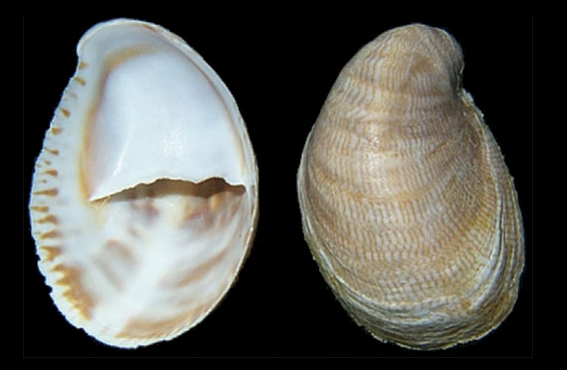 Key features:
Key features: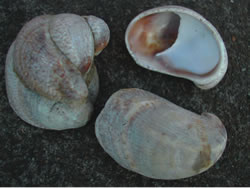 Impacts:
Impacts: